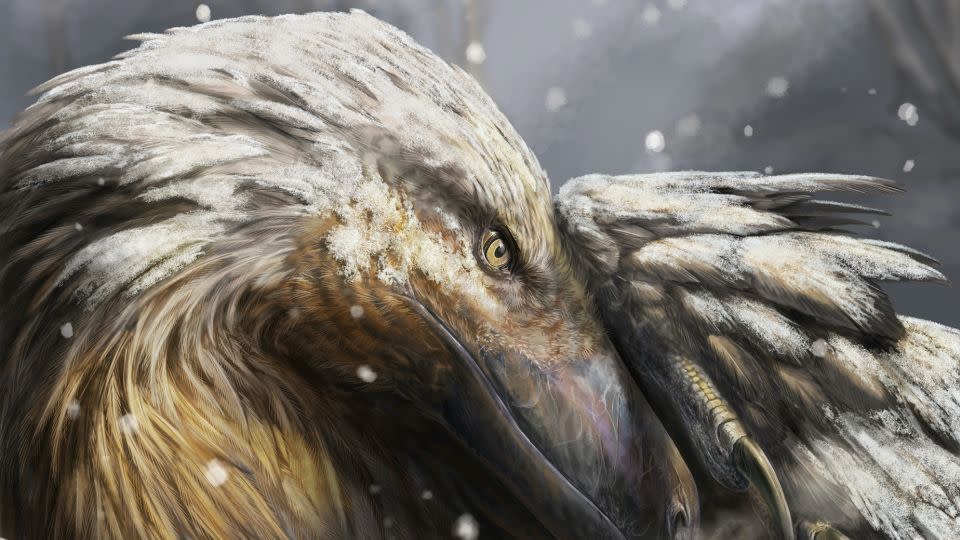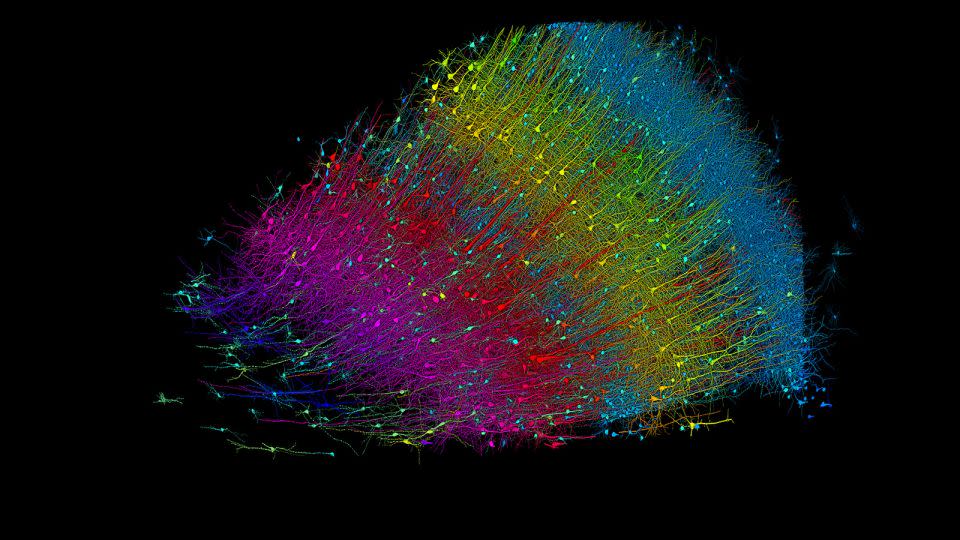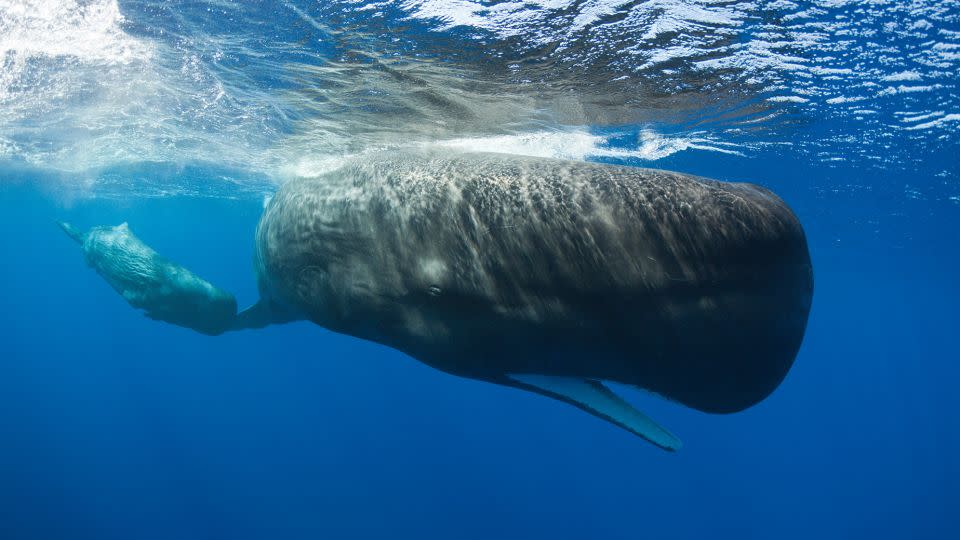Editor’s note: A version of this story appeared in CNN’s Wonder Theory newsletter. To receive it in your inbox, Sign up for free here.
Dinosaur means “terrible lizard”. The idea that prehistoric creatures were scaly, slow-moving reptiles with long stances that dragged their tails through tropical swamps is deeply imprinted in the collective imagination.
However, science now has a more nuanced understanding of the diversity of dinosaur physiology. Many dinosaurs boasted colorful feathers like birds. Dinosaurs lived in many different ecosystems, including the Arctic, where they would have encountered snow (if not today’s ice caps) and winters devoid of light.
New research this week is adding new details to one of paleontology’s biggest questions: Did dinosaur blood run hot or cold?
Dino-mite

It is difficult to find evidence that unquestionably shows what dinosaur metabolism was like. Clues from eggshells and fossilized bones now suggest that some dinosaurs were warm-blooded and others were not.
Getting the answer is important because it sheds light on dinosaur behavior. Warm-blooded animals, such as mammals and birds, are more active than cold-blooded animals.
A new study, based on fossils from 1,000 dinosaur species and paleoclimatic information, found that the three main groups of dinosaurs adapted differentlywith two of the groups developing the ability to regulate body temperature at the beginning of the Jurassic Period, around 180 million years ago.
Research has suggested that carnivorous theropods, which included T. rex, and herbivorous ornithischians such as Triceratops and Stegosaurus, spread to live in colder climates during the early Jurassic Period, indicating that they may have developed the ability to generate bodies. heat internally.
A long time ago
Researchers have mapped an extinct 40-mile section of the Nile River using satellite radar images and sediment analysis.
The ancient Egyptians erected some 31 pyramids, including the Great Pyramid of Giza, along the banks from the now extinct branch of the river, which builders probably used to transport stones and other building materials.
The discovery, buried deep in farmland and not visible in aerial photographs, could help archaeologists locate other Egyptian temples and monuments hidden by fields and desert sands that now cover the riverbed.
Pioneers


In another mapping feat, a 3D model of a cubic millimeter of brain tissue – smaller than a grain of rice – is now available in stunning detail and beauty, thanks to a collaboration between Harvard University and researchers at Google.
A team led by Dr. Jeff Lichtman, professor of molecular and cellular biology at Harvard, cut the sample into thin sections one-thousandth the thickness of a human hair. Despite the fragment’s tiny size, it contained 57,000 cells, 230 millimeters of blood vessels and 150 million synapses.
O Color images make individual components more visiblebut other than that, they are a true representation of the fabric.
Eventually, the team hopes that looking at the brain in this way could help scientists understand unresolved medical conditions such as autism.
Climate changed
The ring patterns on tree trunks – affected by sunlight, rainfall and temperature – provide a climate story for each year of their lives, going back hundreds or even thousands of years.
Tree ring data from nine regions of the Northern Hemisphere, including North America and Scandinavia, allowed scientists to reconstruct annual temperatures for Northern Hemisphere summers between years 1 and 1849 and compare them with last summer temperatures.
The summer of 2023 was hotter than any other summer during this 2,000-year period, according to the study.
The temperature was then at least 0.5 degrees Celsius (0.9 degrees Fahrenheit) hotter than the hottest summer during the period studied, the year 246 – when the Roman Empire still ruled Europe and the Mayan civilization dominated America. Central.
Fantastic creatures


Marine scientists have used artificial intelligence to decode the previously unknown complexity in sperm whale calls.
The whales produced a catalog of clicking sounds, which the researchers described as similar to a sperm whale “phonetic alphabet.”
Sperm whales produce clicks by forcing air through an organ in their heads called spermaceti, and these sounds can reach 230 decibels – louder than a rocket launch and capable of rupturing human eardrums.
What sperm whales say with their clicks remains a mystery to human ears, but understanding the scope of their vocal exchanges It’s an important step toward tying your calls to specific behavior.
The wonder
Relax with these remarkable reads.
— Astronomers have detected an unusual giant planet as cute as cotton candy about 1,200 light years from Earth.
– Scientists solved a mystery about the giant hummingbirds of South America — with the help of small custom-made backpacks.
— Meet the herpetologist trying to save people in India from dangers of snake bites.
— Engravings found on a castle door in Dover, England, may include graffiti of Napoleon Bonaparte being hangedin accordance with English Heritage.
And before you go, here’s a Starliner update: Boeing’s long-awaited first crewed mission new spacecraft has been delayed again.
Did you like what you read? Oh, but there’s more. Sign here to get the next issue of Wonder Theory delivered to your inbox, brought to you by CNN Space and Science writers Ashley Strickland It is Katie Hunt. They find wonders on planets beyond our solar system and in discoveries from the ancient world.
For more news and newsletters from CNN, create an account at CNN.com


































/cdn.vox-cdn.com/uploads/chorus_asset/file/23906799/VRG_Illo_STK022_K_Radtke_Musk_Crazy.jpg?w=150&resize=150,150&ssl=1)